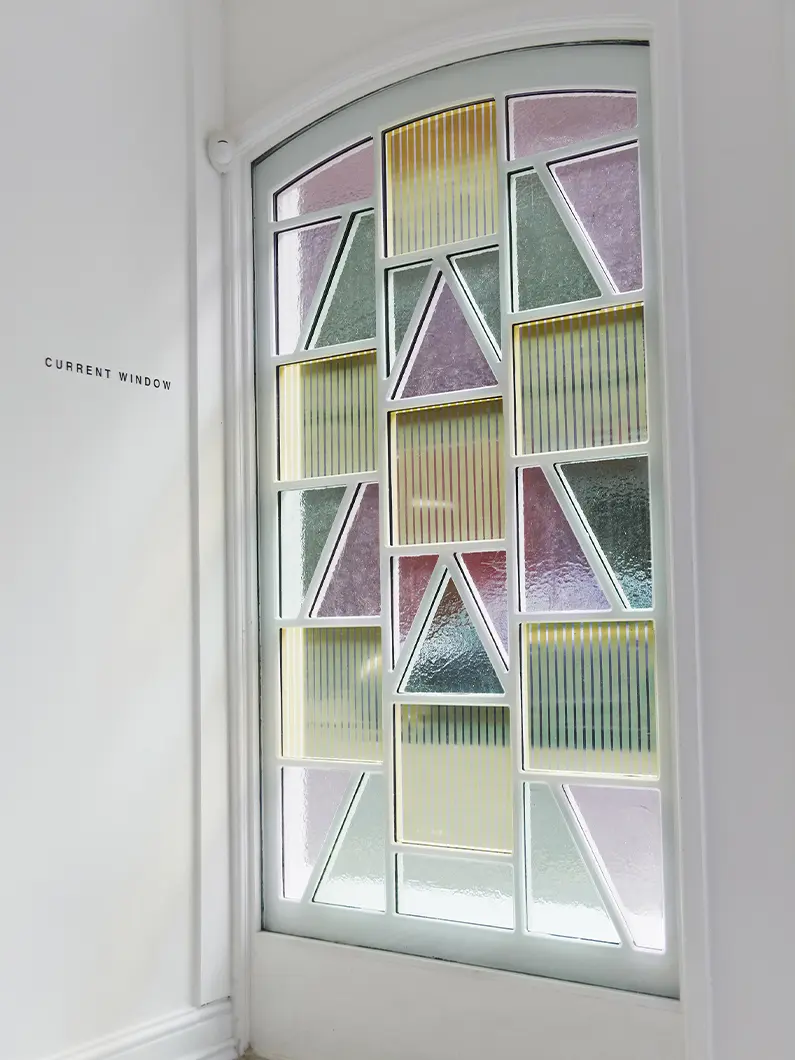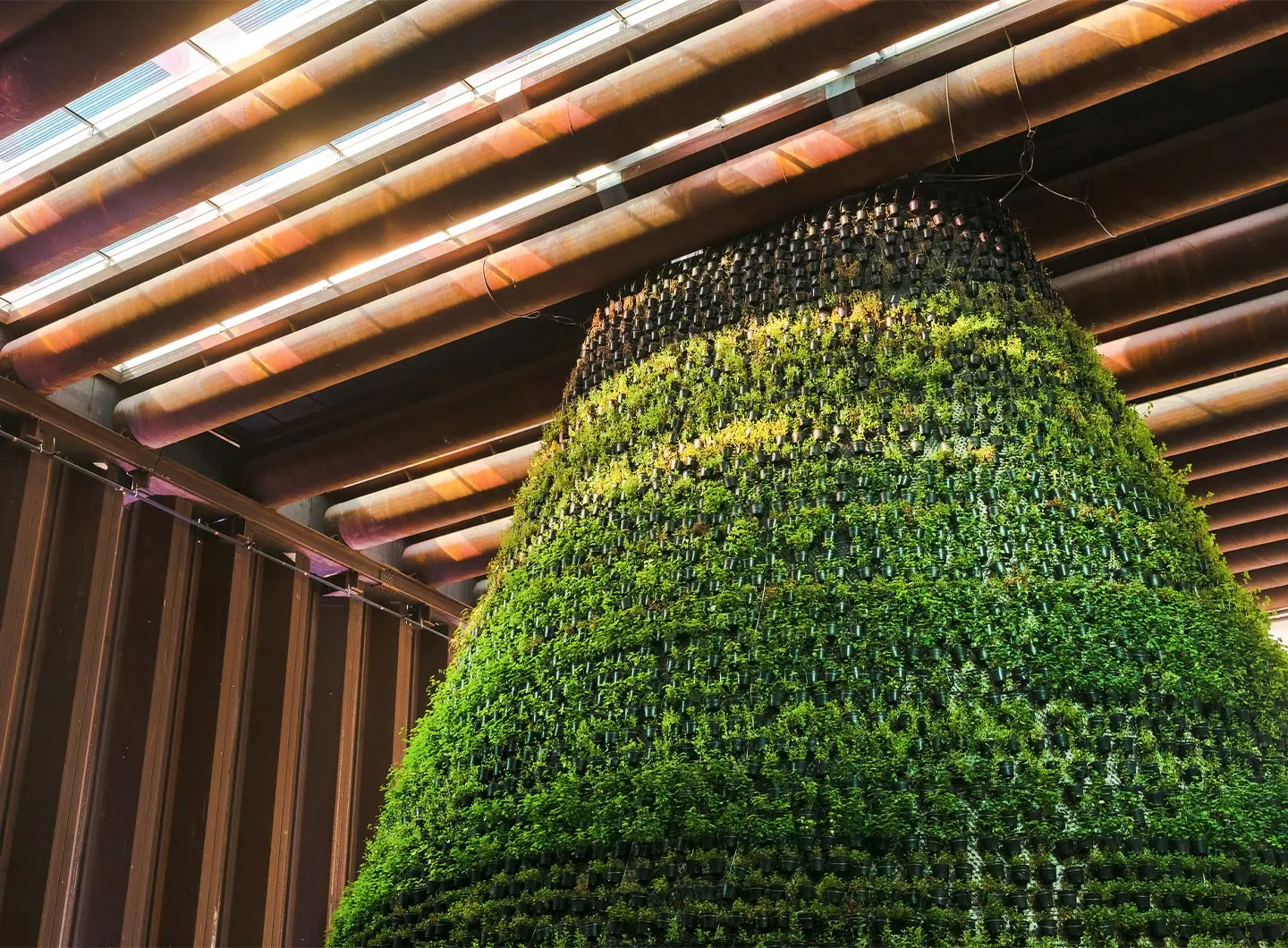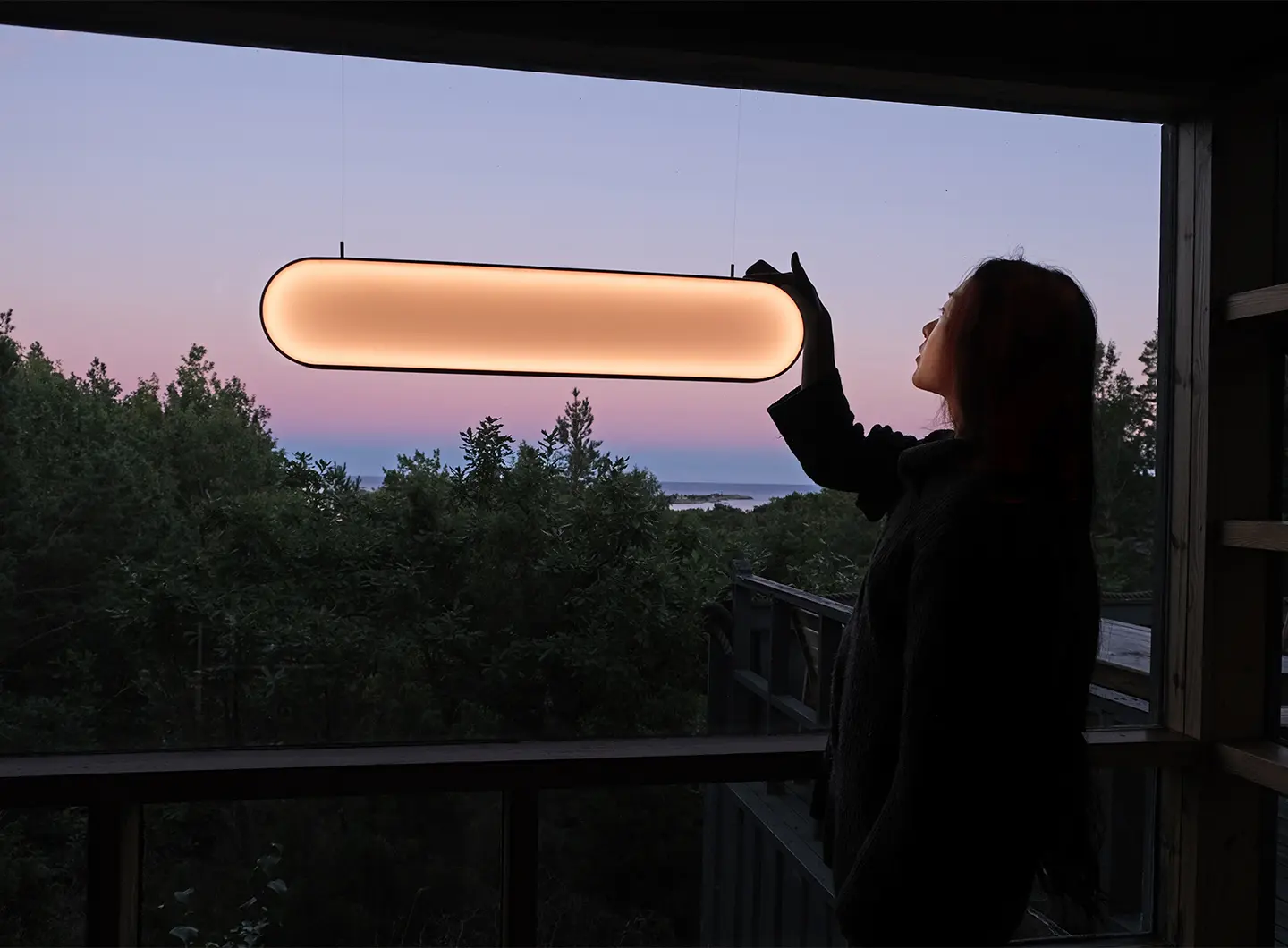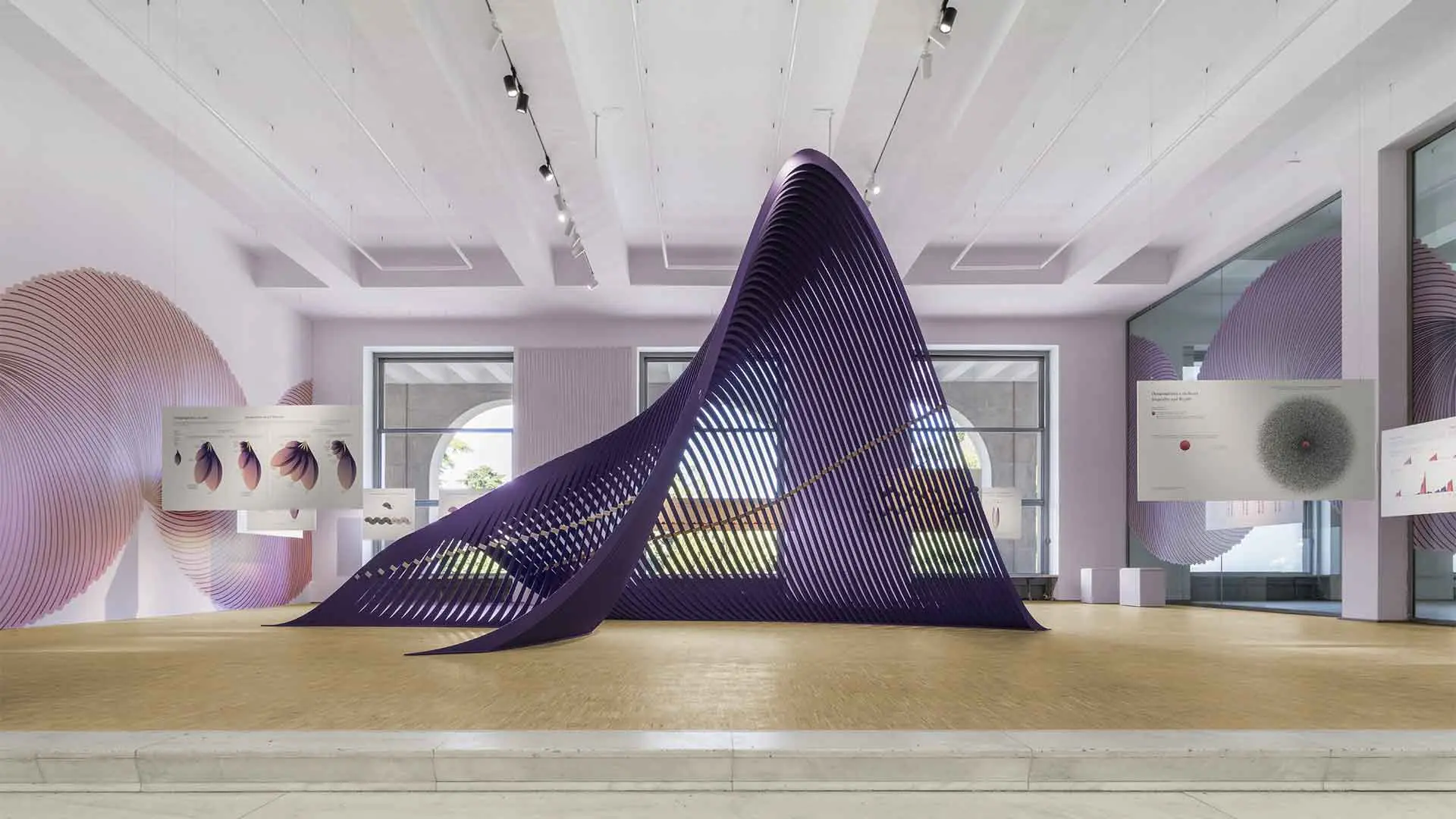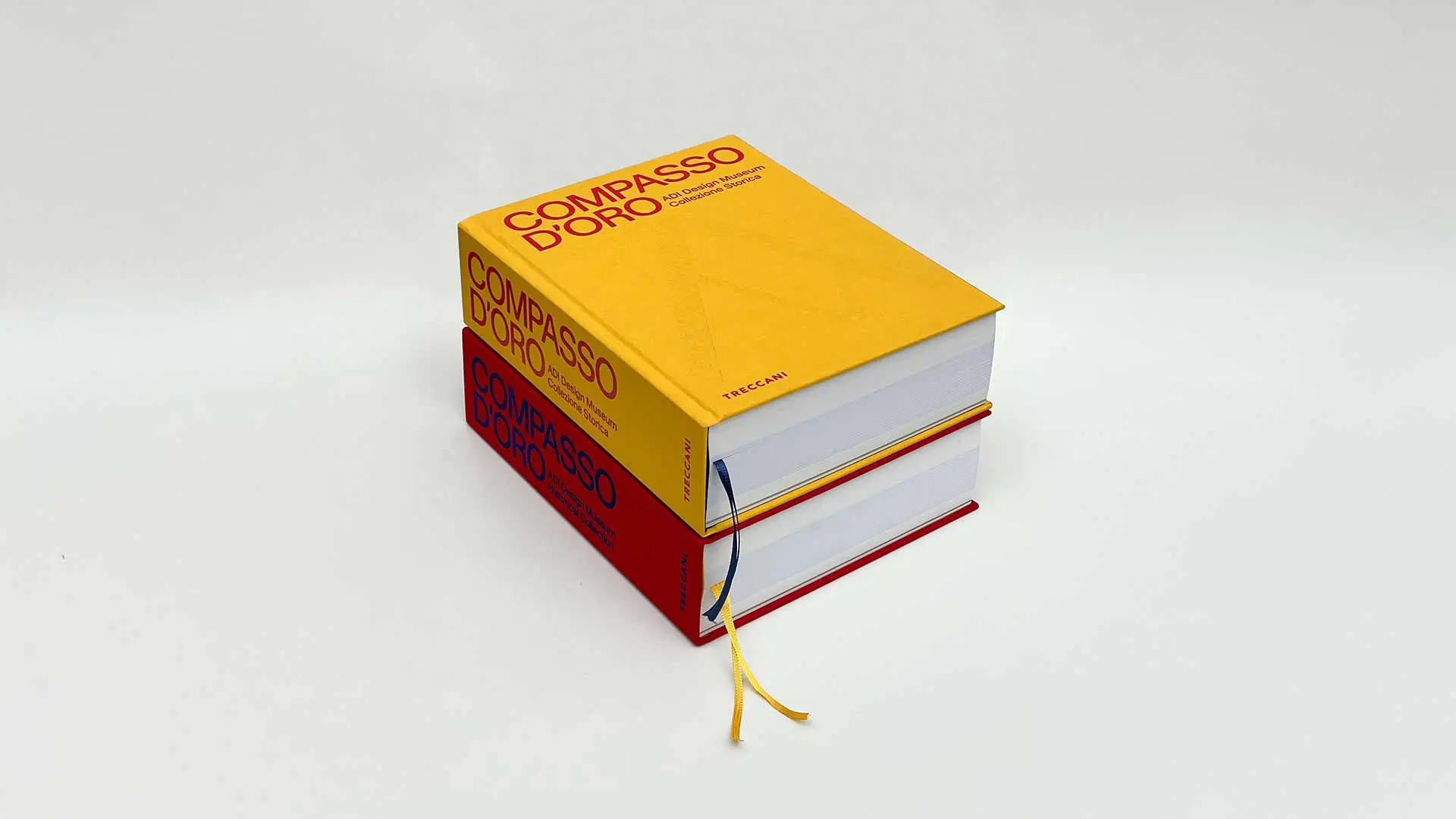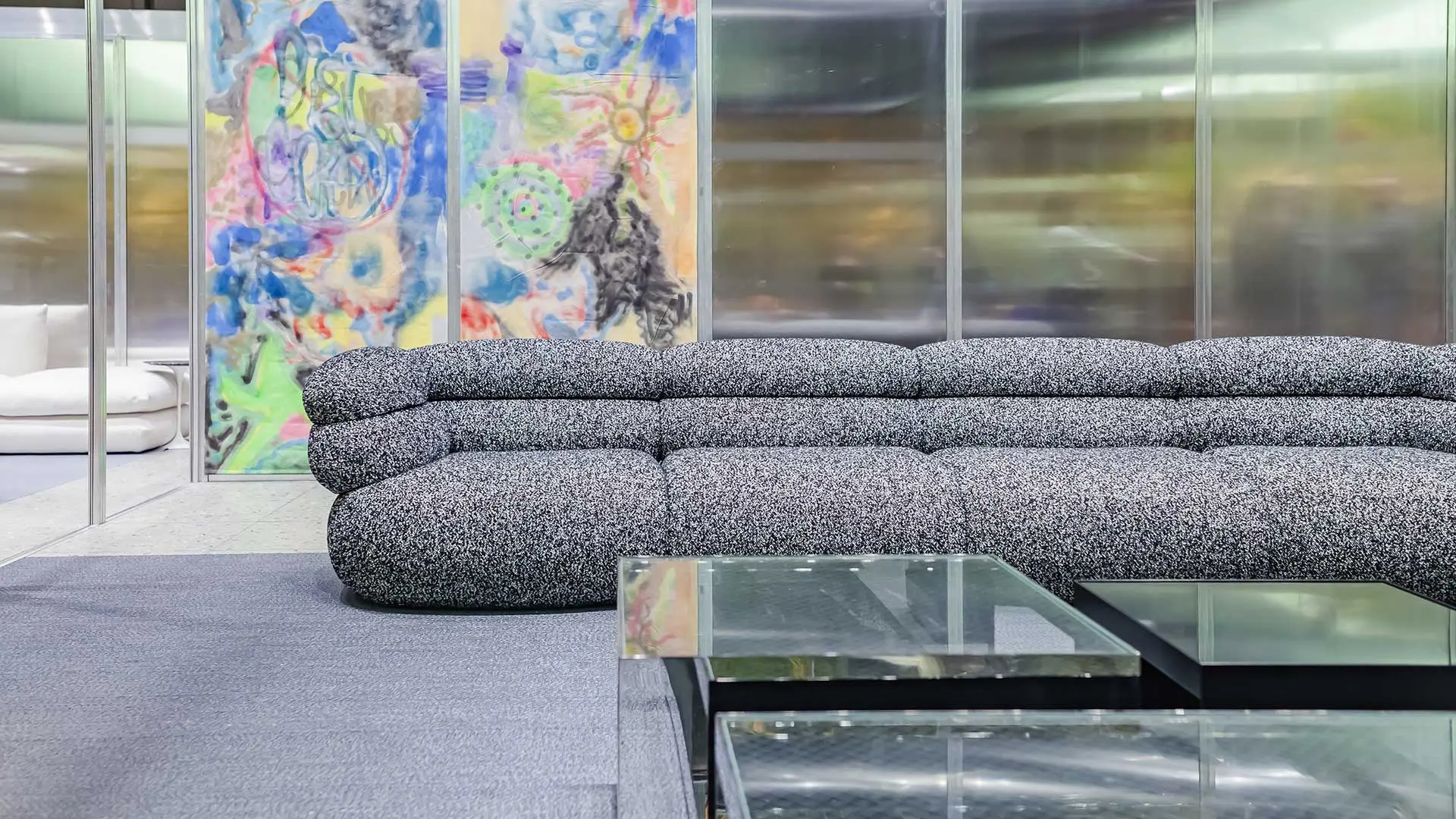From urban geopolitics to the biopolitics of bodies, the 24th Triennale - inaugurated by Nobel Laureate in Economics Michael Spence, amongst others, and open to the public until 9th November - denounces the structural inequalities that mark contemporary lives, offering insights and solutions through the contributions of internationally renowned artists, architects, designers and scholars
Marjan Van Aubel’s glowing, democratic design
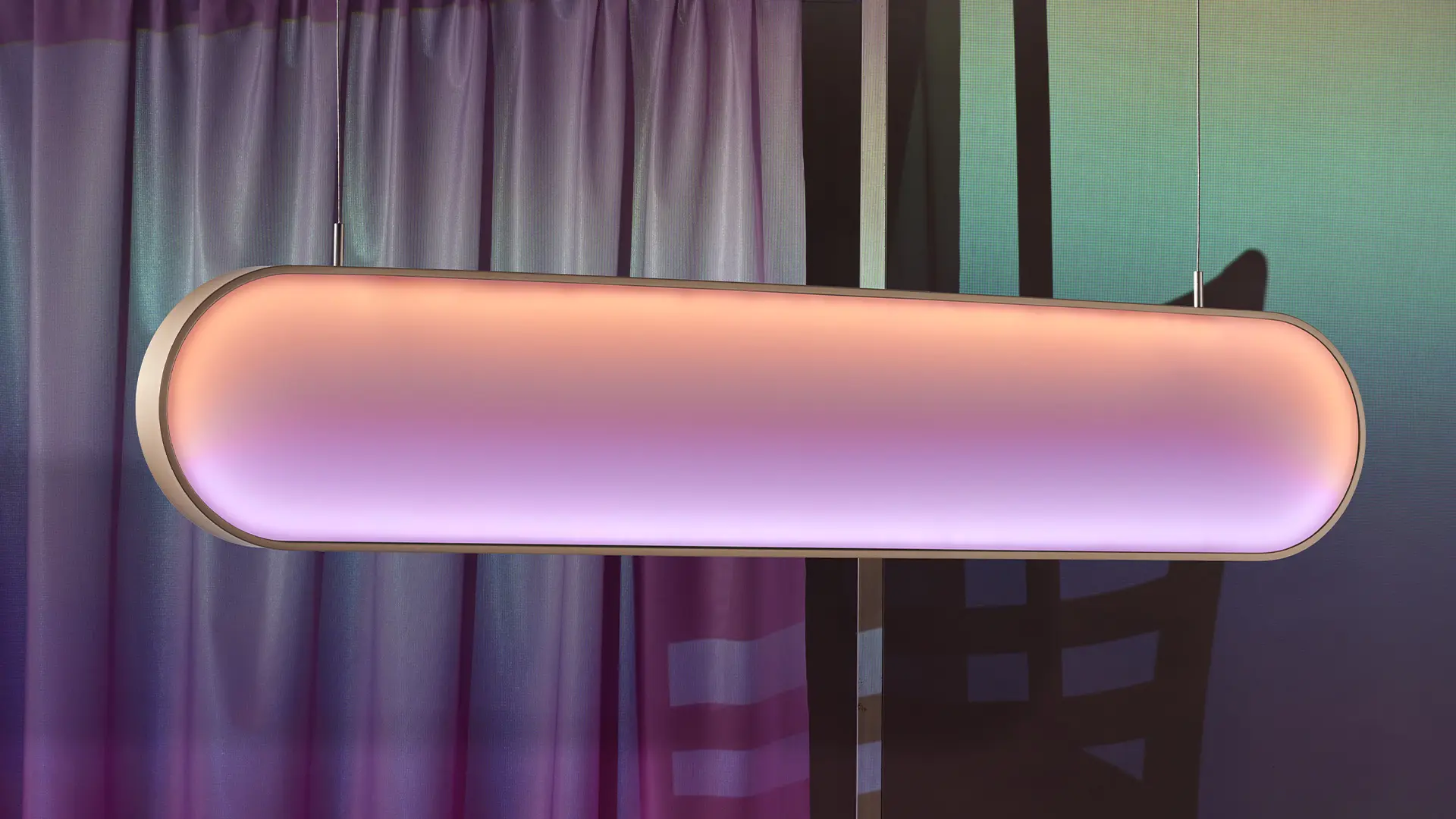
Sunne, courtesy studio Marjan van Aubel
The first Solar Biennal was recently inaugurated in Rotterdam. Running until the 30 October, the event is investigating solar energy from the viewpoint of design. Marjan Van Aubel together with Pauline van Dongen is the organizer and promoter of this Biennale. We interviewed her and she explained her idea of a world where energy is democratic and within everyone’s reach
Marjan Van Aubel, born in 1985, is a solar designer, as she terms herself. Trained in product design at the RCA in London, a few years ago she returned to live in her hometown of Amsterdam. Here she is engaged in research with a single focus: the sun. Marjan seems to have almost an obsession with this energy source which, as she says, is “strongly democratic, because it is there for everyone”. At a time when energy sources have shot to the top of the agenda of governments and citizens, Marjan Van Aubel is proposing an energy transition that passes through solar energy.
In June, the designer took part in the Radical Nature - the design and science of worldbuilding, which Beatrice Leanza held during the 60th edition of the Salone del Mobile in Milan.
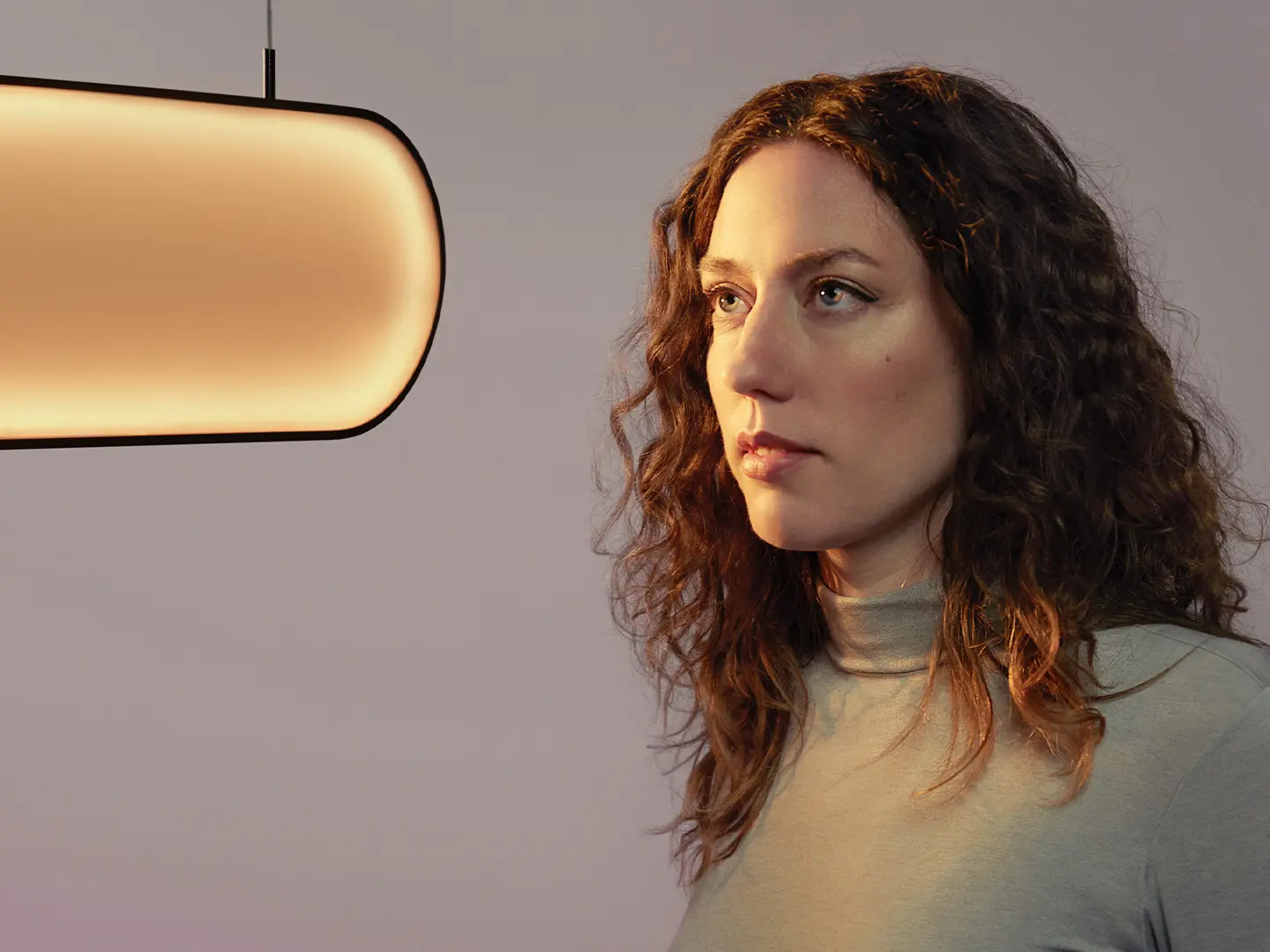
Marjan van Aubel portrait, ph. Sander Plug
Briefly retracing Marjan Van Aubel’s history and career will give us a better understanding of her work and outlook. Her interest in energy from the sun goes back to her university years:
“I was watching the sunlight shed on surfaces and I was fascinated by this form of visible energy that reaches practically everywhere. What you ultimately see as a designer of this energy is the technology of solar panels on roofs, which is far from pleasant or appealing. I got to wondering whether we couldn’t do something better. I began to think about the idea of activating surfaces, seeing solar energy as a material and I began to give it a form. So I started doing research and discovered a number of technologies that enable you to create transparent surfaces for capturing solar energy, for instance. And the deeper I dug the more I was fascinated and excited by the possibility of using this energy.”
How long did it take you to arrive at a real product?
“The first product I created was during my time at university when I was a student at RCA. My dissertation was a set of “solar” tumblers, so in that period I had time to extend my research. The research I conducted, for instance into dyes for producing solar energy, lasted a long time, I would say years.”
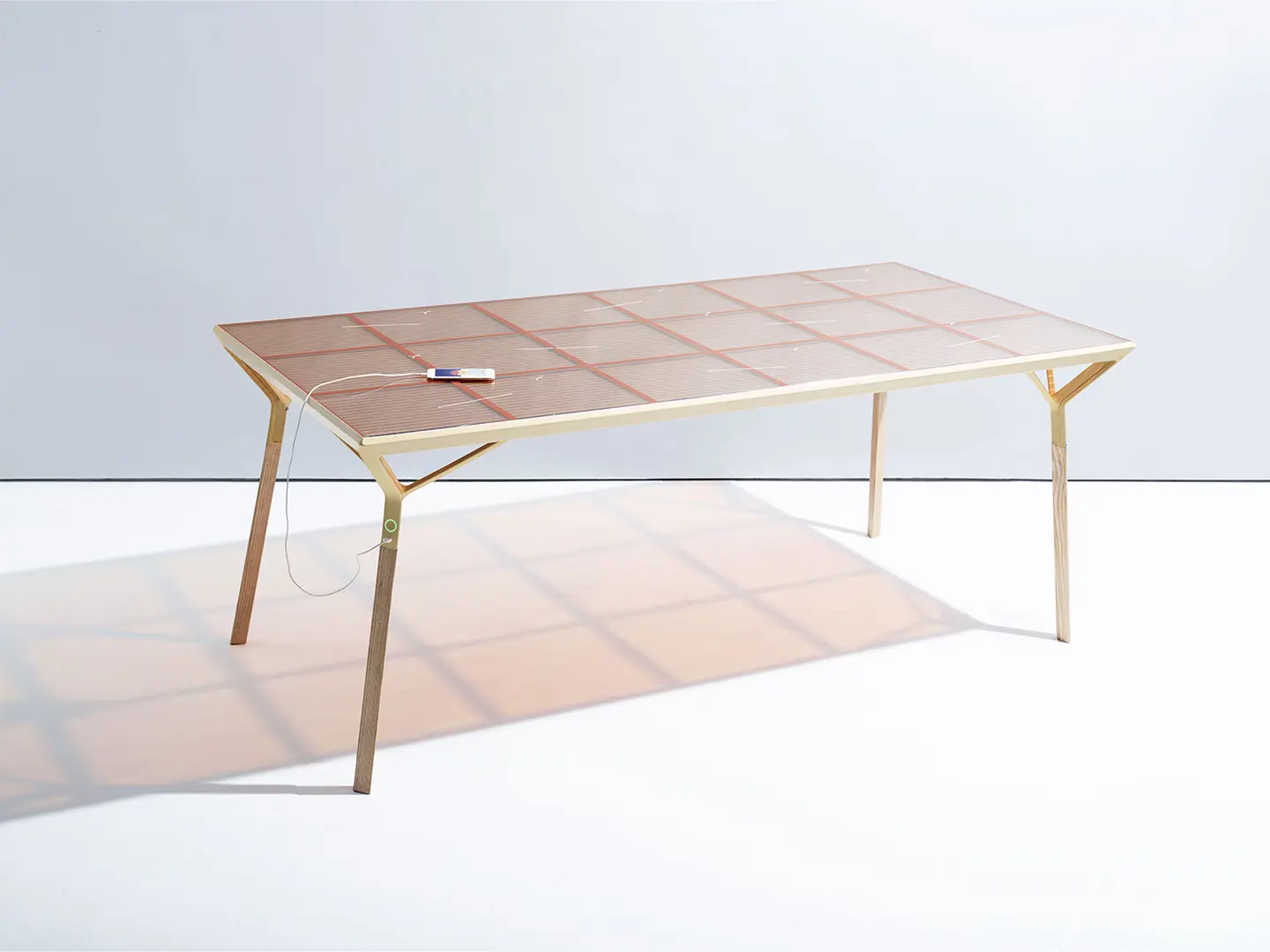
Current table, courtesy studio Marjan van Aubel
Marjan’s first project on this topic was The Energy Collection, dating from 2012. This was a set of drinking glasses that made use of Grätzel cells, a special technology that created solar cells by using natural dyes to continuously collect the sun’s energy, so transforming an everyday object into an energy accumulator.
Marjan’s products have evolved from this first concept. In 2014 she created the Current Table, with a base consisting of solar cells, so enabling it to collect and accumulate electricity to then be used for charging small devices.
This was followed by Current Window, in which she applied the same technology to a window that recalled the stained glass in Gothic cathedrals. Then came a collaboration with Swarowski, leading all the way to the design of the roof of the Netherlands pavilion at Expo Dubai in 2020.
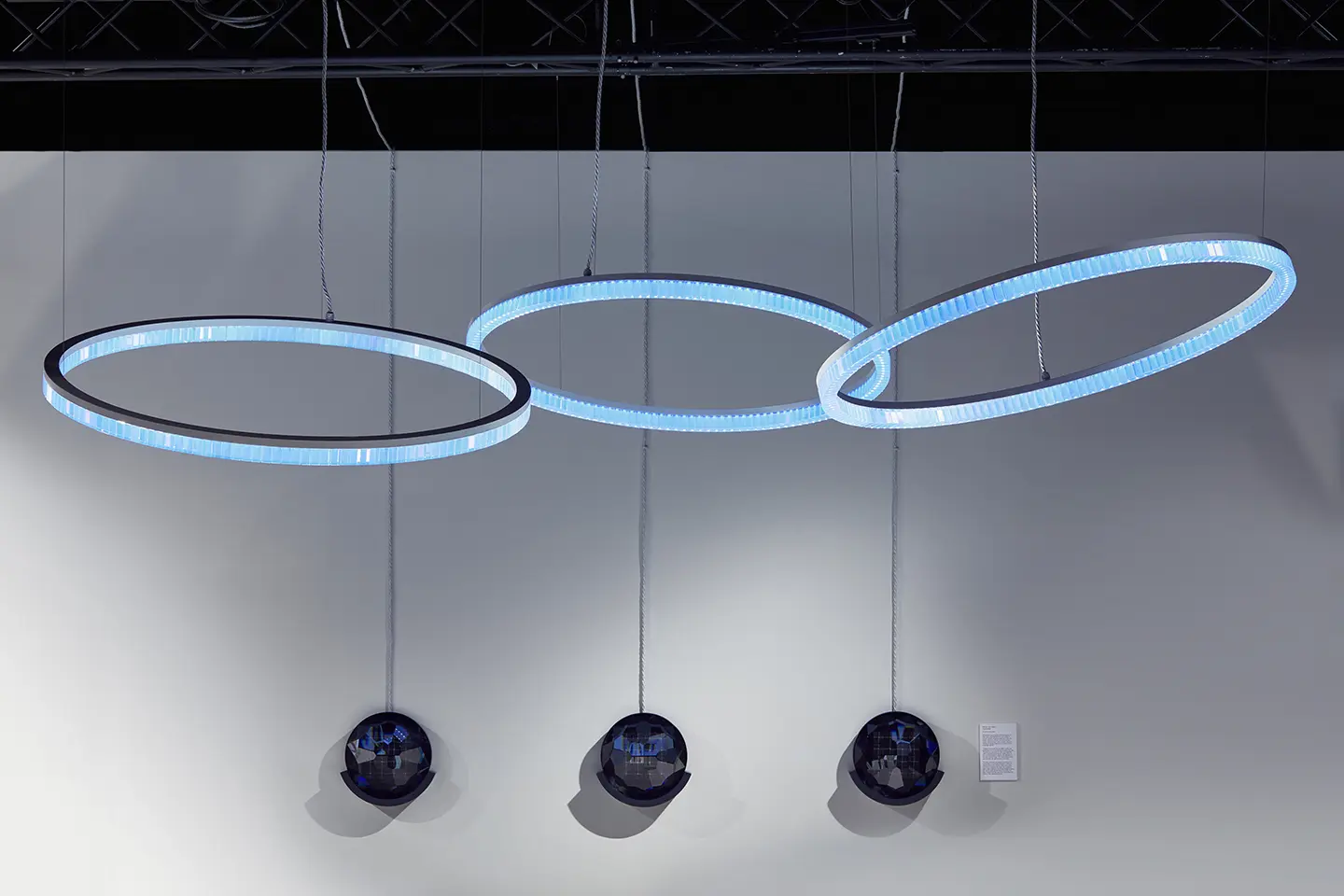
Cyanometer Swarowski, courtesy studio Marjan van Aubel
There is a basic idea that drives Marjan Van Aubel in her research with and for the sun’s energy. It’s the idea of a democratic energy source that everyone can use and that reaches everyone. This is the reason why she has taken her research so deeply into creating products.
They include Ra, a lighting device that employs organic photovoltaic cells, a third-generation technology that adopts the principles of circularity. These cells are enclosed within a sheet that allows Marjan to create moiré effects by layering graphic patterns. The system, exposed to sunlight, captures the energy, stores it in a battery and releases it to light up a special luminescent paper.
But the product that has certainly engaged her energies most deeply is the Sunne lamp. In this case, the idea of democratization was present not just in the technology, but also in the process of financing and production. The lamp was launched and then financed on Kickstarter, reaching its goal within a few days from launching. It will soon be sent to those who financed the product. It was the users who decided to give a chance to an innovative product that uses sunlight to produce energy and light.
“I did my preparation carefully before launching the product for the Kickstarter campaign. I knew it would be a complex business. You have to create the right materials to make the product easy to understand and appreciate. I relied on an acquaintance, an expert in launching projects through the Kickstarter platform, and he helped me a lot in this venture. I can say that I took a veritable course in Kickstarter. And I found it utterly fascinating to use this democratic platform to launch a product. I felt like saying, ‘Hey, we’re ready for this form of energy’.”
Drawing on her experience of the Kickstarter launch, Marjan has now founded a company, SUNNE. With it she is above all engaged in finishing production and designing a series of products starting from a collection of the same lamps in different shapes and sizes. And coming down to the present, on 9 September the first Solar Biennale opened in Rotterdam.
“It all started during a solar energy conference where I met Pauline van Dongen. She’s also a designer who works on integrating solar technology into textiles. We got talking and swapping experiences. We were amazed we hadn’t known about each other before. As we kept talking, a series of names of important figures in the solar movement came to the surface together with a series of questions. So we asked ourselves how we could channel our knowledge into something concrete. What we could do to implement our ideas and push for real change. It seemed natural at that point to get everyone together around a table to discuss these issues so that we could collect and display different approaches to research and points of view.
“We have found the right partners, the right institutions like DDW and HNI as well as energy companies and a lot more people joined in and supported this idea.”
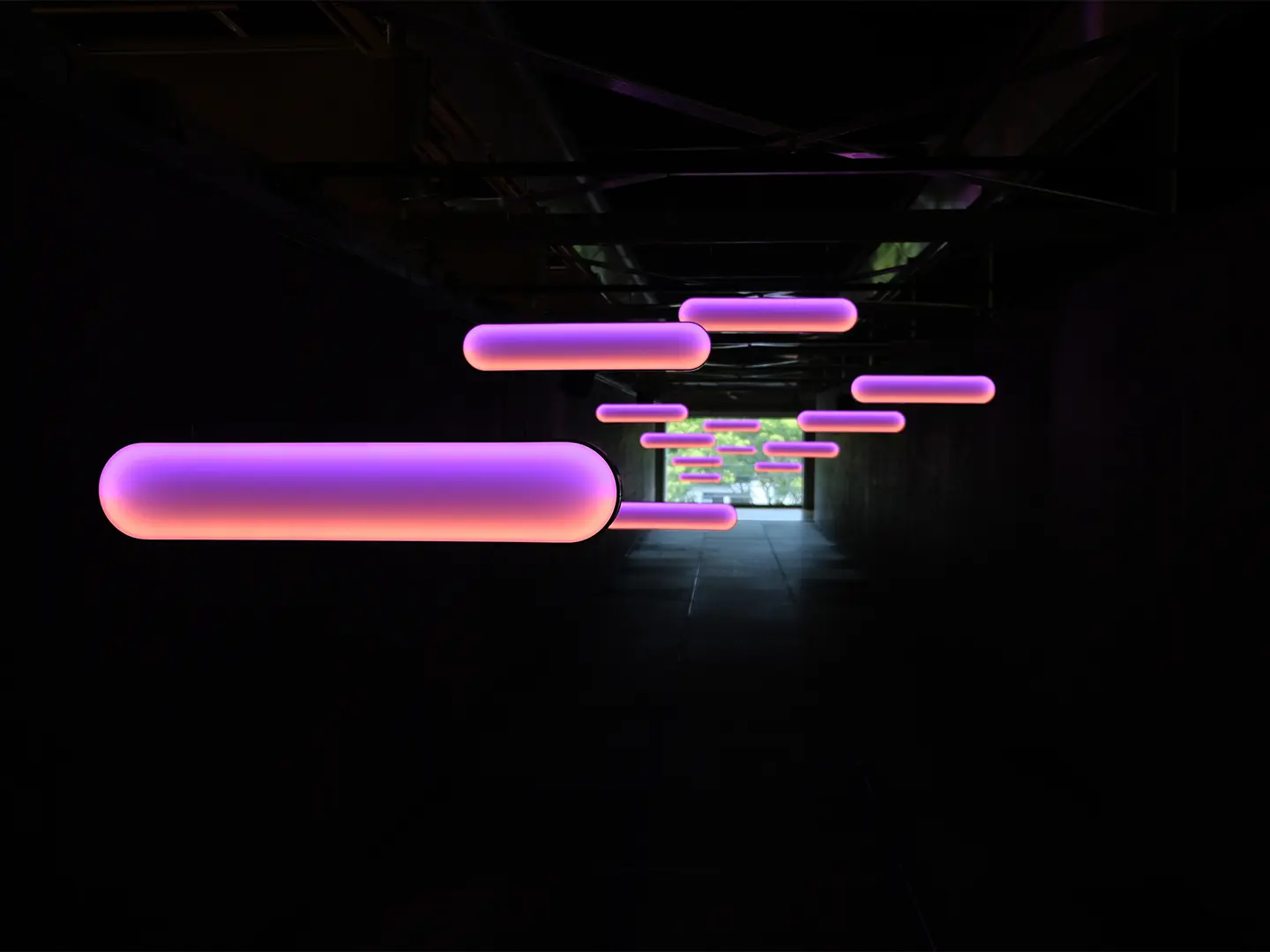
Sunne, courtesy studio Marjan van Aubel
The Solar Biennale will run for several weeks, coming to an end during the DDW 2022. The program includes the participation of artists, designers and experts from around the world busy researching and using solar energy, engaged in organizing laboratories, workshops, conferences and talks. The Biennale was also an opportunity for Marjan to launch her first book “Solar Futures. How to Design a Post-Fossil World with the Sun”, to express her ideas and recount her research.
By her work and her research, Marjan is trying to speak to a wide public, as broad as possible. She wants to communicate and get across the idea of a new green and clean future:
“I don’t like speaking to a public made up only of designers. My big aim is an energy transition to contribute to a better world in which design can play its part. My projects are often very simple, but behind that simplicity there is a great deal of research and a lot of thought. It’s very difficult to do complex things in simple ways, but that’s what I’m trying to do to get my ideas across.”



